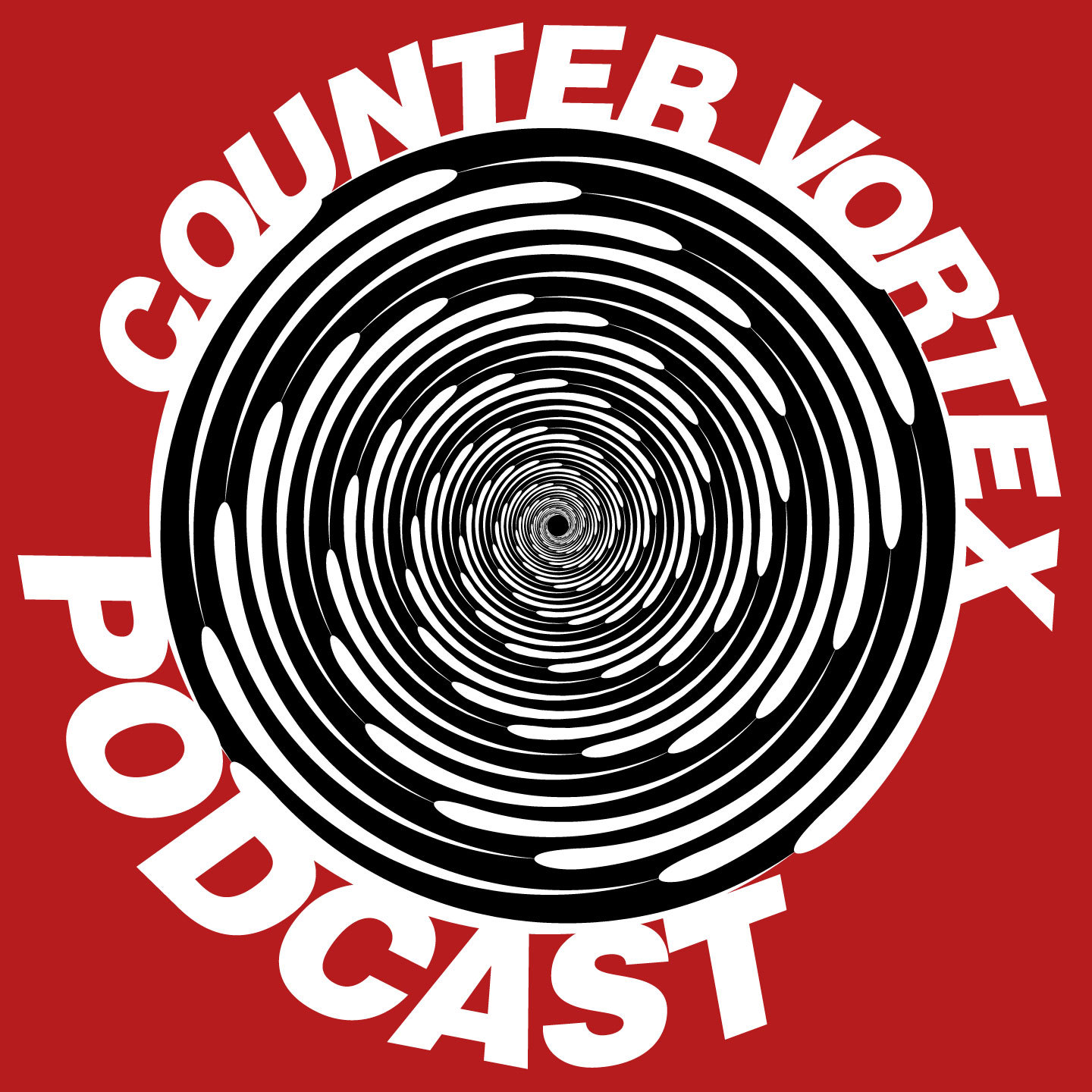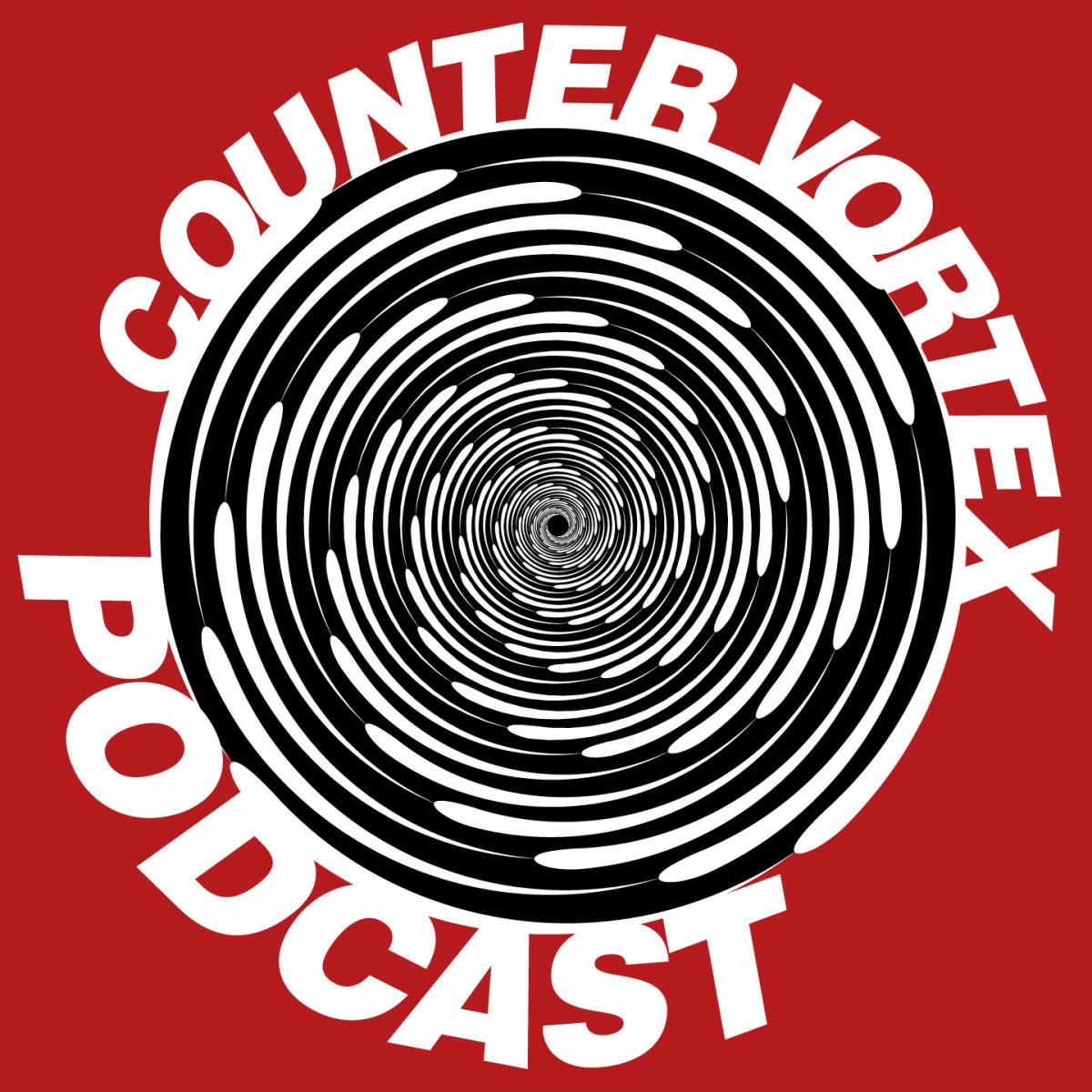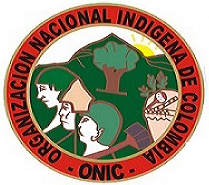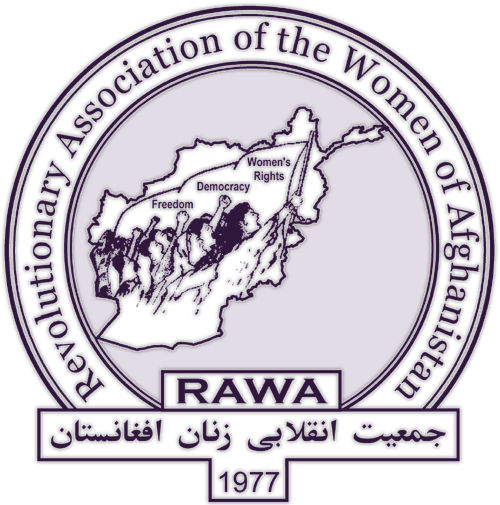narco wars
Peru: army claims rescue of Sendero slaves
Peru's army on July 30 announced that it had rescued 39 people—the majority indigenous Asháninka and 26 of them underage—who were being held captive in Sendero Luminoso camps in the Apurímac-Ene River Valley (VRAE). Some had apparently been held for up to 30 years. The children, aged 4 to 13, were reportedly malnourished and suffered from skin diseases. Reports said soliders were led to the camps by two youths who had been born in capitivity and deserted. But reports also said that some of those "rescued" were reluctant to leave, and even "resisted." No shots were fired in the raids, which were carried out along the Rio Tambo in Sector Five of Pangoa district, Satipo province, Junín region. One of the "rescued" women was pregnant, and may have been held in sexual slavery. The children and adults alike worked cultivating coca leaf. Anti-terrorism police commander Gen. Jose Baella said that some of the adults were abducted between 20 and 30 years ago from Puerto Ocopa and nearby towns in Junín, back when the rebel movement was still strong. Deputy defense minister Iván Vega said Sendero is believed to hold at least 200 more captive in the VRAE. (El Correo, Aug. 6; AP, AFP, Aug. 1; La Rioja, July 30; El Comercio, July 28)
Michoacán: more clashes over self-defense units
Another bloody incident in the ongoing crackdown on anti-narco citizen self-defense militias is reported from Mexico's conflicted west-central state of Michoacán. On July 19, a detachment of army and marine troops was mobilized to the indigenous Nahua community of Santa María Ostula, an outlying hamlet of Ixtapilla puebla in Aquila municipality. Villagers mobilized upon the troops' advance, blocking the road into Ostula. In the ensuing fracas, soldiers fired on the villagers, leaving a youth dead and four other community members injured. The troops then carried out their mission: to arrest Semeí Verdía Zepeda, leader of the Aquila self-defense group. He was charged with illegal possession of two rifles, including an AK-47. (Informador.mx, La Jornada, Sopitas, July 19)
'Narco-jihadist' threat seen in North Africa
With ISIS in control of a chunk of Libya and Tunisia militarizing after a deadly terrorist attack, an article appears in the United Arab Emirates' The National warning of a "narco-jihadist" threat in North Africa. The commentary by Abdelkader Cheref, a professor at the State University of New York, warns that "huge quantities of Moroccan hashish transit through the Sahara where so-called narco-jihadists, who control a triangle of no-man's land between northern Mali and Niger, eastern Mauritania, southern Algeria and Libya, smuggle the shipments to Europe. There are mounting concerns regarding the links between Moroccan drug barons and narco-jihadists linked to Al Qaeda in the Islamic Maghreb and the Movement for Unity and Jihad in West Africa."
Colombia: state seizes narco-lands from FARC
Colombia's President Juan Manuel Santos on July 18 announced details of an operation to seize nearly 278,000 hectares said to have been illegally usurped by the FARC in Meta region, on the eastern plains. "Operation Yari" was led by the military's elite Task Force Omega, although it was not clear if any actual combat was involved. Santos said the lands were a mixture of private predios (collective peasant holdings) and "vacant" state lands. While Santos named the FARC's East and Southern fronts as controlling the lands, there was some ambiguity as to how they had been usurped. He said: "These lands had been acquired illegally, because the titles were not legal or because they were occupations of vacant lands" that pertain to the state. He said the former predios would be turned over to the government's Banco de Tierras for redistribution to expropriated campesinos, as mandated by the terms of the peace process now underay. He said the lands were used by the FARC both for cattle ranching and processing cocaine. Many of the lands were in La Macarena, an area the government has especially targeted for coca eradication. (MiRegión, La Macarena, El Espectador, Bogotá, Radio Caracol, Reuters, July 17)
Colombia overtakes Peru in coca production
Colombia surpassed Peru last year in land under coca cultivation, resuming its number one position for the first time since 2012. The latest annual report from the UN Office on Drugs and Crime (UNODC) finds that territory under coca cultivation dropped 14% in Peru, from 49,800 hectares in 2013 to 42,900 in 2014—the smallest area under cultivation since 1998. Colombia meanwhile experienced a 44% jump from 48,000 hectares to 69,000. Peru made gains against coca in the Upper Huallaga Valley, while coca fields expanded in Colombia's Putumayo, Caquetá, Meta and Guaviare regions—all on the frontier lands of plains and rainforest east of the Andes. The findings do not necessarily mean that Colombia is now the world's top cocaine producer, as much of Peru's crop is more mature and higher yielding, having never been subjected to eradication. While Peru eradicates in the Upper Huallaga, it resists US pressure to do so in a second coca cultivation zone, the Apurímac-Ene Valley, for fear of inflaming peasant unrest. (AP, UNODC, July 15; UNODC, July 2)
Details emerge in Mexican massacre
Mexico's independent Miguel Agustin Pro Human Rights Center (or Centro Pro) on July 2 released new evidence that high-ranking military officers gave soldiers orders to kill prior to an army mass slaying of more than 20 supposed narco-gang members in June 2014. The facts of the bloody incident at Tlatlaya, México state, have been disputed for over a year now. Purported documents from the 102nd Infantry Battalion released by the Centro Pro read like extermination orders. "Troops must operate at night, in massive form, reducing daytime activity, to kill criminals in hours of darkness," one document says. This casts further doubt on the official version that the casualties died in a gun battle that began when suspects fired on soldiers in a warehouse raid. An investigation by the National Human Rights Commission (CNDH) has already determined that between 12 and 15 of the victims were killed unarmed or after surrendering. Yet the defense secretary, Gen. Salvador Cienfuegos, continues to stand by the official story, charging that "people and groups who perhaps don't like what the army is doing have already convicted the soldiers."
Guatemala political money linked to criminality
The UN International Commission Against Impunity on July 18 reported that approximately a quarter of the money used for Guatemalan political campaigns is from criminal groups. The main criminal group being drug traffickers. The report also indicated that government contractors themselves contribute to more than half of the funds. Ian Velásquez, head of the commission, stated: "Corruption is the unifying element of the Guatemalan political system based on an amalgam of interests that include politicians, officials, public entities, businessmen, non-governmental organizations and criminal groups." The report suggested several campaign finance reforms including limiting private funding, strengthening institutional coordination, and reforming the system itself.
ISIS burns opium to gain Afghanistan foothold
Fighters loyal to ISIS have seized substantial territory in Afghanistan, according to an ominous Reuters report June 29. Witnesses who fled fighting in Nangarhar province told reporters that hundreds of ISIS fighters in convoys of pick-up trucks mounted with machine guns seized several villages that were held by the Taliban—and put local opium fields to the torch. "They burned poppy fields in Shadal village and banned shops from selling cigarettes," said tribal elder Malek Jan. Taxing opium production is a key source of Taliban revenue, but Reuters reports that ISIS loyalists in Nangarhar appeared to have other sources of money. Witnesses said they had plenty of cash. It is unclear where the money is coming from, but it frees ISIS to stigmatize the Taliban as soft on drugs.















Recent Updates
2 hours 4 min ago
1 day 7 hours ago
1 day 20 hours ago
1 day 20 hours ago
2 days 19 hours ago
2 days 20 hours ago
2 days 20 hours ago
3 days 23 hours ago
4 days 4 hours ago
4 days 19 hours ago